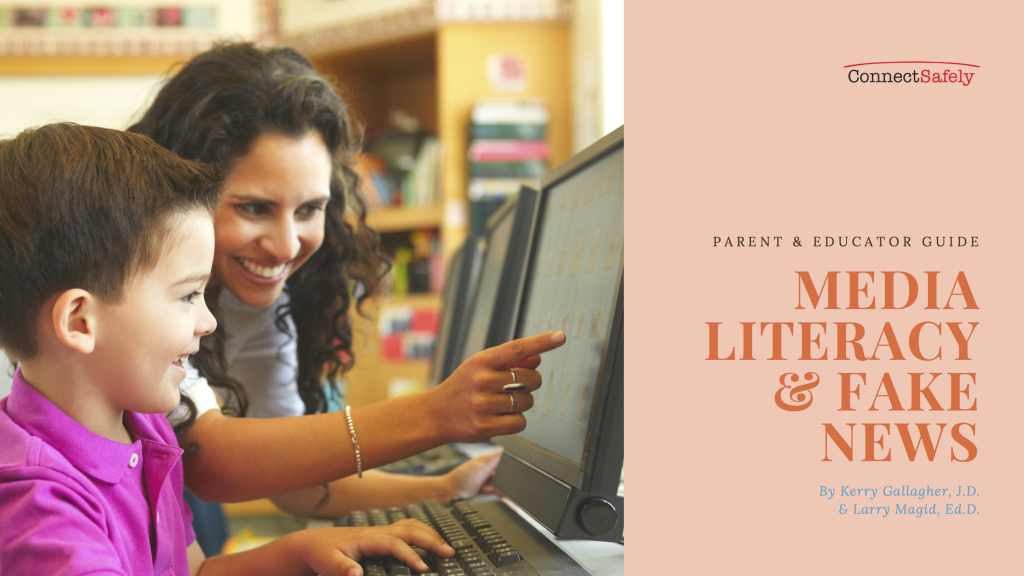Read online or download the PDF
You’ve heard about fake news — stories that appear online and in media that are wholly or mostly fake. Sadly, it’s not likely to stop but as parents and educators, we can help stop the spread of fake news but helping our kids recognize it, not believe it and not spread it.
Written by ConnectSafely K-12 Education Director Kerry Gallagher and myself, the Parent & Educator Guide to Media Literacy & Fake News will help children and students become more conscious consumers of information, explaining among other things:
- The difference between fact and opinion in the news
- The difference between mistakes and lies
- How to deal with conflicting facts
- How to teach kids what to do when they see falsehoods shared online
Rather than just deal with the symptoms, the guide encourages adults to teach and model media literacy, critical thinking and emotional intelligence to get to the root causes of why fake news can so easily believed and spread.”
The dual perspective of a educator (Kerry) and a seasoned journalist (myself) helps makes the guide a practical tool for both teachers and parents.
“While we’ll never rid the world of false information, we can help parents and educators immunize young people so that they can become better consumers and creators of accurate information,” said co-author and ConnectSafely CEO Larry Magid.
“I’m proud that this guide includes truly practical tips and strategies that readers can bring to the dinner table or the classroom right away,” said Kerry Gallagher, Director of K-12 Education for ConnectSafely
The guide also includes Top 5 questions about media literacy and fake news and “expert tips” from the National Association for Media Literacy Education and the Yale Center for Emotional Intelligence.
